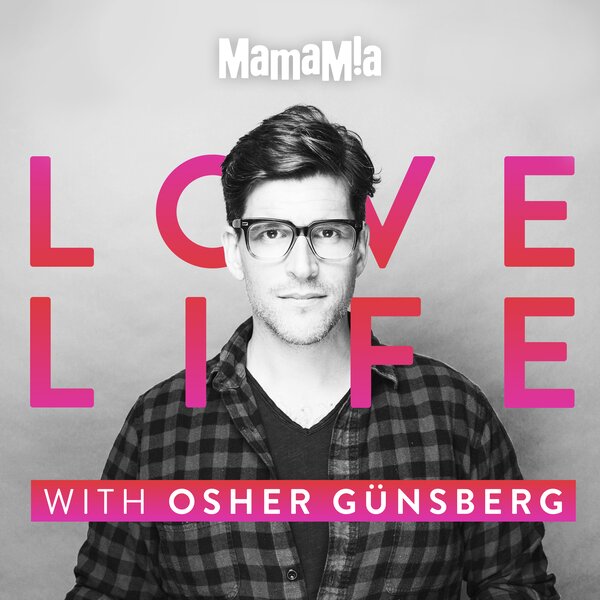
Dominic Dwyer, University of Sydney
As I write, I am in hotel quarantine in Sydney, after returning from Wuhan, China. There, I was the Australian representative on the international World Health Organization’s (WHO) investigation into the origins of the SARS-CoV-2 virus.
Much has been said of the politics surrounding the mission to investigate the viral origins of COVID-19. So it’s easy to forget that behind these investigations are real people.
As part of the mission, we met the man who, on December 8, 2019, was the first confirmed COVID-19 case; he’s since recovered. We met the husband of a doctor who died of COVID-19 and left behind a young child. We met the doctors who worked in the Wuhan hospitals treating those early COVID-19 cases, and learned what happened to them and their colleagues. We witnessed the impact of COVID-19 on many individuals and communities, affected so early in the pandemic, when we didn’t know much about the virus, how it spreads, how to treat COVID-19, or its impacts.
We talked to our Chinese counterparts — scientists, epidemiologists, doctors — over the four weeks the WHO mission was in China. We were in meetings with them for up to 15 hours a day, so we became colleagues, even friends. This allowed us to build respect and trust in a way you couldn’t necessarily do via Zoom or email.
This is what we learned about the origins of SARS-CoV-2.
Animal origins, but not necessarily at the Wuhan markets.
It was in Wuhan, in central China, that the virus, now called SARS-CoV-2, emerged in December 2019, unleashing the greatest infectious disease outbreak since the 1918-19 influenza pandemic.




























































































